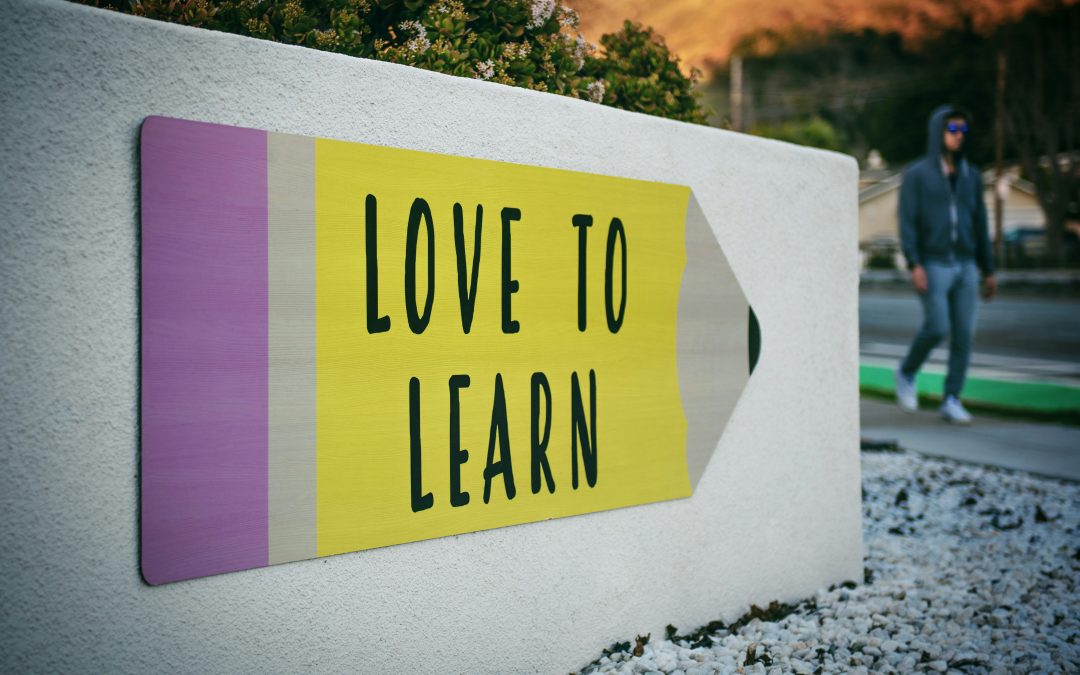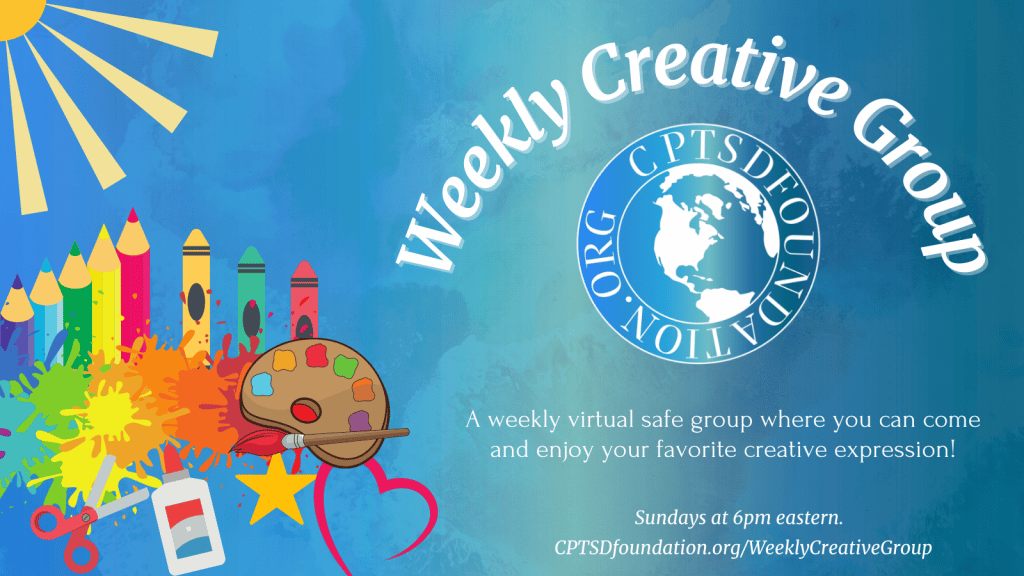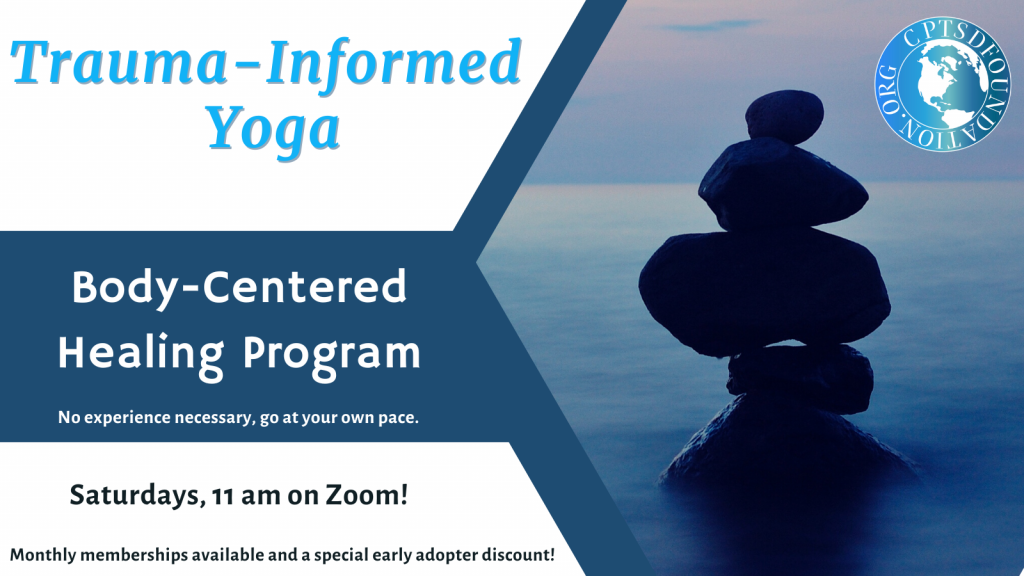From Numb to Hope
I lived in survival mode for much of my life. I thought it was just how my life should be. I saw myself as someone independent and self-sufficient. After all, I’m an only child. I didn’t have to rely on anyone. I wanted to learn to be alone, especially when that moment came.
This line of thinking was normal to me. Little did I know that I was constantly in survival mode because of complex trauma and severe borderline personality disorder (BPD). I coped by numbing myself, dissociating, shutting down, or relying on self-destructive patterns. I struggle with both behavioral and substance addictions.
That all changed when I hit a breaking point. I realized that survival wasn’t enough. I wanted more out of my life. I wanted to feel again, enjoy life, and reclaim my body and mind. Maybe you’ve been there yourself due to BPD, emotional dysregulation, or trauma. Know that you’re not alone. Healing is possible when you approach it in small steps rather than all at once.
Journaling as Witness: Writing My Way Back to Myself
I’m a huge proponent of therapeutic journaling. It’s a great alternative if you can’t afford therapy. Journaling is a huge part of my daily self-care plan for emotional recovery. It’s a lifeline where I untangle the chaos inside my head. I clear the space of the mess that is my life.
Journaling is a time when I reconnect with myself. I hear my inner voice, my true self. I feel held without needing anyone else to validate me, especially when I struggle with emotional validation. I use various methods of journaling. Some of these methods include dialoging with my inner child, stream of consciousness, and tracking my triggers and responses.
It depends on my mood and what the day calls for. Most of the time, I do shadow work or uncover the root of my negative thoughts, emotions, and feelings. Journaling regularly helped me observe these patterns rather than become them. First, I allow myself to feel my feelings. Then, I accept them and acknowledge them. At the end of my journaling ritual, I release them.
Maybe you’re curious about therapeutic journaling. It doesn’t have to involve a half hour of morning pages or an hour of introspective writing. Instead, you can start with one question a day. Some simple questions include, “What am I feeling right now?” or “What do I need?” Questions like this can help you get to the root of your trauma.
III. Parts Work: Getting to Know the Voices Inside
This coping skill is Internal Family Systems (IFS)-Inspired Parts Work. This type of therapy helps me heal from the angry, scared, or perfectionist parts of myself. I realized that they’re not “bad.” Thoughts are neither “good” nor “bad,” they just are. The thoughts I struggled with are protectors shaped by trauma.
When dealing with overwhelming thoughts, I give them names and personalities. It helps me not to connect to them as much. Over time, I feel more whole and less fractured. My thoughts no longer feel like a mountain I have to climb. I can tackle them.
One example of this work is dialoging with a younger version of myself—the part that carried abandonment grief. For you, this might be your inner child. I learned how to meet her with compassion. You can start this work without picking up a book or scheduling an appointment. Ask yourself, “What part of me is speaking right now?” Speaking these thoughts aloud or writing them down in your journal is helpful.
Mindfulness: Meeting the Moment Without Judgment
I’ve talked about mindfulness before. That’s because it transformed my life ever since I learned about it in DBT. One of the practices I do a few times a week is present-moment awareness. In the past, I would constantly ruminate on my negative thoughts and feelings. I would struggle with a fear of the unknown and the future.
Thanks to mindfulness, I can now notice what’s right in front of me. Acknowledging my constant rumination and moving on from those thoughts is easier. I now pause and choose to stay in the present moment. You can practice mindfulness at any time of the day. You don’t have to sit for an hour at a time.
You can practice mindfulness while washing the dishes, walking, or listening to guided meditations during work. There are plenty of free mindfulness practices and exercises on YouTube. My personal favorite is MindfulPeace.
Instead of planning a day of mindfulness, start with one mindful activity per day. Try something small and achievable, such as a body scan meditation. Or, go for a mindful walk in nature. You can also have a mindful dinner or conversation with a friend or loved one. Mindfulness doesn’t have to be done alone. It’s best when done with others.
Emotional Validation: Learning to Be on My Own Side
This coping skill is self-validation. My BPD often makes me feel like I’m “too much” for people. I was too emotional, excited, passionate, angry, etc. The list goes on. This led to a fear of abandonment and rejection.
There are still times when it’s hard for me to validate my emotions. I often rely on others to do that for me. One day, I realized I don’t need anyone else to validate my feelings. They’re valid on their own. I can do that myself.
Here’s how I practice validating my emotions. I tell myself, “Of course, you feel this way. This makes sense.” This shut down my inner critic and created space for self-compassion. One way to practice this tool is to keep a validation journal. Write down one feeling per day and say, “This feeling is real and valid.” Over time, it’ll be easier to own and validate your emotions.
Thriving is a Practice, Not a Destination
These five skills pulled me out of survival mode and into wholeness. Of course, my life isn’t perfect. I still have hard days, just like we all do. But now I have the awareness, tools, and self-compassion to get through them.
The healing journey isn’t linear. It has ups and downs, much like life itself. Also, healing isn’t about perfection. It’s about creating a life that feels like home inside your body. Try one of these techniques for yourself. Or, journal about one thing you’d like to feel differently in your body or life.
Photo by Tim Mossholder on Unsplash
Guest Post Disclaimer: Any and all information shared in this guest blog post is intended for educational and informational purposes only. Nothing in this blog post, nor any content on CPTSDfoundation.org, is a supplement for or supersedes the relationship and direction of your medical or mental health providers. Thoughts, ideas, or opinions expressed by the writer of this guest blog post do not necessarily reflect those of CPTSD Foundation. For more information, see our Privacy Policy and Full Disclaimer.
Chanel is the creator and founder of The Borderline Crisis, a blog that has shifted the conversation around emotional and spiritual suffering. Readers can transform their lives, rewrite their stories, and rewire their minds. Chanel uses her personal experience and stories to help guide others on healing and transformation. She uses her experience with trauma-informed care, mindfulness, Jungian psychology, spirituality, and philosophy. Her goal is to remove the limitations of the rigid mental health structure to reclaim themselves in a noisy and angsty world.





I can relate to so many things in this article. I’ve also had a ton of success with the tools you discussed. : )